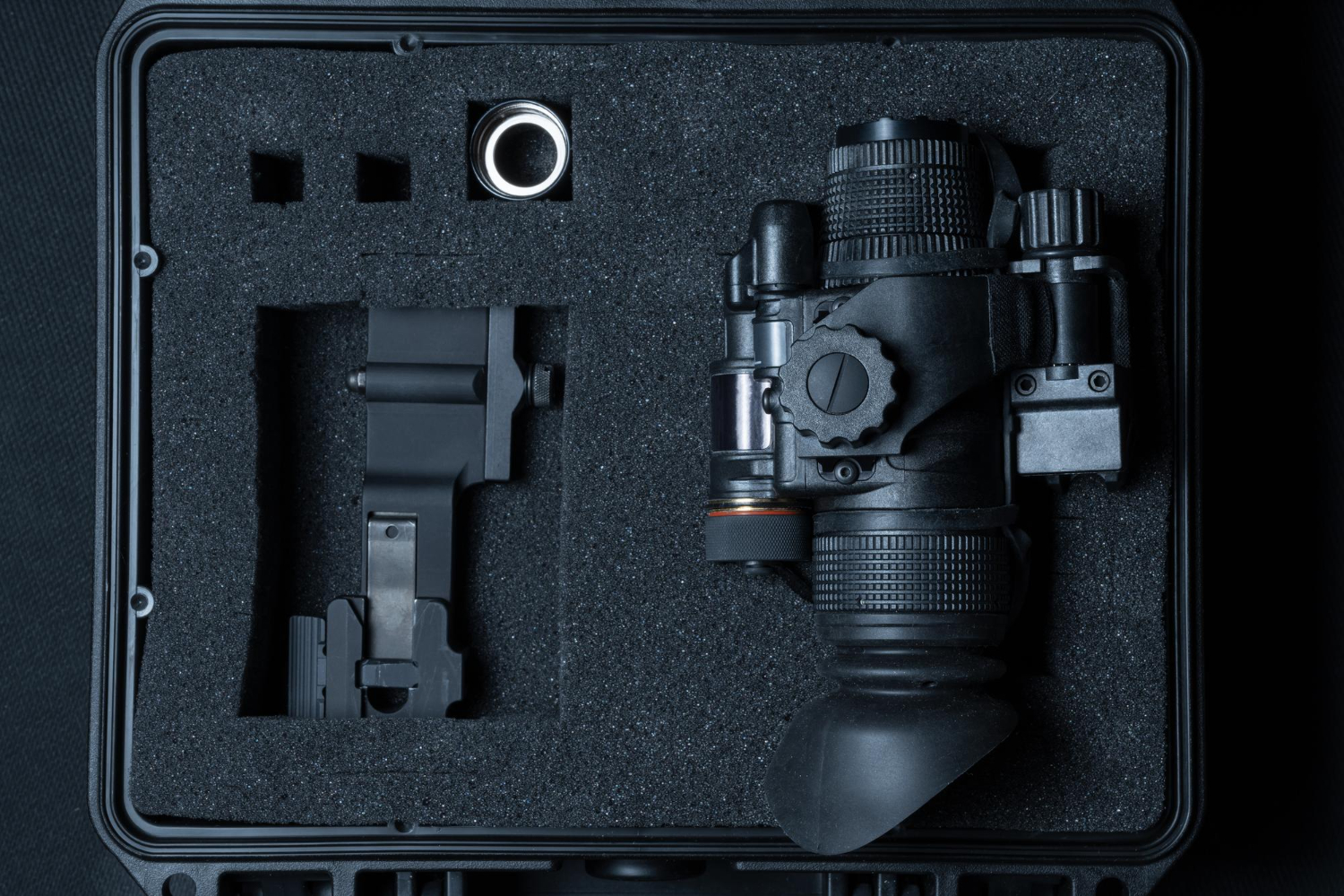Foam packaging plays a big role in keeping valuable parts, tools, and equipment safe during storage or shipping. Whether you’re working in aerospace, automotive, or medical industries, packaging isn’t just about holding a product in place. It’s also about preventing impact damage, keeping components clean, and maintaining organization. That kind of protection matters even more when you’re dealing with high-value or fragile items.
But what do you do when that protective foam starts looking a little worn out? It’s easy to overlook minor dents or tears until they turn into bigger problems. Even small changes in the foam’s shape or firmness could mess with its ability to shield your items the way it should. Regularly checking foam for early signs of wear can help you act fast and avoid larger issues down the road.
Identifying Signs Of Wear In Foam Packaging
Foam packaging isn’t designed to last forever. Over time, use and exposure to light, heat, or chemicals can cause it to break down. And when that starts happening, the foam may lose its protective qualities. Knowing what to look for is the first step in making sure your items stay protected.
Here are some signs that foam packaging might be past its prime:
– Tears or holes in the surface
– Compressed or permanently dented sections
– Edges starting to crumble or flake
– Discoloration or stiffness in areas once soft
– Foul or chemical odor coming from the foam
These issues aren’t just cosmetic. A simple tear or dent might create weak spots where sensitive equipment can shift or collide during transport. That could mean scratches, breaks, or failed parts once they arrive at their destination. In places like Rochester, where temperature swings are common, changes in foam behavior can happen even more quickly than you might expect.
Industries that deal with precision tools or electronics especially need to stay on top of foam wear. A broken part could delay a project or cause a safety issue, and tracking it back to bad packaging is something no one wants. If your team reuses foam inserts regularly, make inspection part of your routine. Catching damage before the next shipment gets packed saves you time, hassle, and risk.
Immediate Actions To Take When Wear Is Detected
Once you spot trouble, it’s best not to ignore it. Worn foam won’t fix itself. And waiting too long to act can lead to damaged equipment and frustration later. The good news? There are basic steps you can take right away whether the damage is small or you’re looking at a larger replacement.
Start with a quick check of how bad the wear really is. For minor issues, you might be able to:
– Use adhesive patches to seal small tears
– Apply foam-safe glue to bond broken edges
– Reinforce weaker spots with extra padding or liners
If those simple fixes aren’t enough, or if the damage is showing up over multiple pieces or inserts, it’s probably time to stop using them altogether. Don’t try to keep using foam if it’s losing its shape or stiffness, especially for fragile gear or sensitive materials.
Another tip is to take photos of the damage before tossing the foam. This helps with reporting, filing replacement requests, or reminding your team of what to check for moving forward. Look at how the foam was stored or used too. Was it exposed to too much sun? Squeezed in too tightly? Used well beyond its lifespan?
No matter your industry, damaged foam is a sign to hit pause and reevaluate. Quick patches are fine now and then, but they’re not a long-term solution. If you see more than one sign of wear, it’s usually time to think about upgrading or replacing the packaging altogether.
When To Consider Replacement Or Upgrade
There comes a point where patching up foam packaging just isn’t worth it. If the inserts are no longer holding their shape, have large sections missing, or aren’t fitting your products the way they used to, you’re probably overdue for a replacement. That’s especially true when those items are fragile or expensive to build or repair.
Investing in a custom polyethylene foam pack can make a big difference in how well your gear is protected. Unlike general-purpose inserts, these packs are built around your product’s exact dimensions. That keeps shock and movement to a minimum, which is key in industries like aerospace or medical manufacturing, where even the smallest error can be costly. Newer foam choices are also more advanced than the ones from just a few years ago. Today’s materials absorb more impact and manage exposure better, meaning they last longer.
Replacing your foam packaging doesn’t always mean spending more money. It can actually lead to savings over time. When your gear arrives without any damage and doesn’t need repainting, repairing, or replacing, that means fewer project delays and less waste. Think of it like this. If your crew replaces a batch of components even once due to damage caused by bad packaging, that cost might’ve been enough to cover the price of upgrading the packaging in the first place.
For teams in Rochester dealing with heat in summer or cold in winter, a custom polyethylene foam pack can also hold up better across seasons. That level of durability matters when equipment sits unused for days or weeks at a time.
Preventative Measures To Extend Foam Packaging Lifespan
Once you’ve replaced or repaired your foam packaging, the goal becomes simple: help it last as long as possible. It doesn’t take too much to keep protective foam in good shape. Just a few small habits can go a long way in keeping things clean, safe, and in working condition.
Keep these tips in mind to stretch the life of your foam:
1. Store foam packs in a cool, dry area away from direct sunlight
Sunlight and humidity can wear out foam faster than you think. Choose shaded and stable storage whenever possible.
2. Avoid stacking heavy items on top of foam
Foam under pressure for long periods may lose its shape, even when not in use.
3. Wipe down packaging regularly
A build-up of dirt or grime can slowly deteriorate the material. Keep it clean to keep it strong.
4. Rotate inserts for repeated setups
If the same sections of foam are used over and over again, they’ll wear out faster than the rest.
5. Make foam checks part of your routine
A quick once-over during shift changes or before packing can catch small problems early.
These habits reduce chances for damage and make sure your packaging is always ready to go. If your team already does routine inspections on tools or equipment, it’s easy to add foam checks to the list. Small improvements in care can add up to major savings.
Why Partnering With Professionals Makes A Difference
When old packaging stops doing its job, it’s worth teaming up with people who know what works and why. Guessing how much foam is needed or using generic inserts for everything might seem easier at first, but it could lead to bigger issues. And those issues sometimes mean broken tools, missed deadlines, or wasted money.
Professionals can help your team figure out what’s working and where improvements are needed. They’ll look over your current setup, recommend materials that suit your gear, and even help design packaging that makes your process smoother. That can be anything from faster setup times to fewer parts arriving damaged.
If your shipments are coming in with more dents or scratches than usual, or if your gear no longer fits the way it used to, it’s time to make a change. Getting advice from experienced packaging engineers gives your team one less thing to worry about.
Partnering with experts saves stress. You don’t have to guess what kind of foam will work, or how many uses you’ll get out of it. You can focus on what matters while we build packaging that actually protects what’s inside.
To keep your equipment protected and your process running smoothly, upgrading to a custom polyethylene foam pack can be a smart move. Orcon Industries designs protective foam solutions tailored to your product and use case, so you can reduce damage and avoid unnecessary delays with every shipment.




